GPCR/G protein
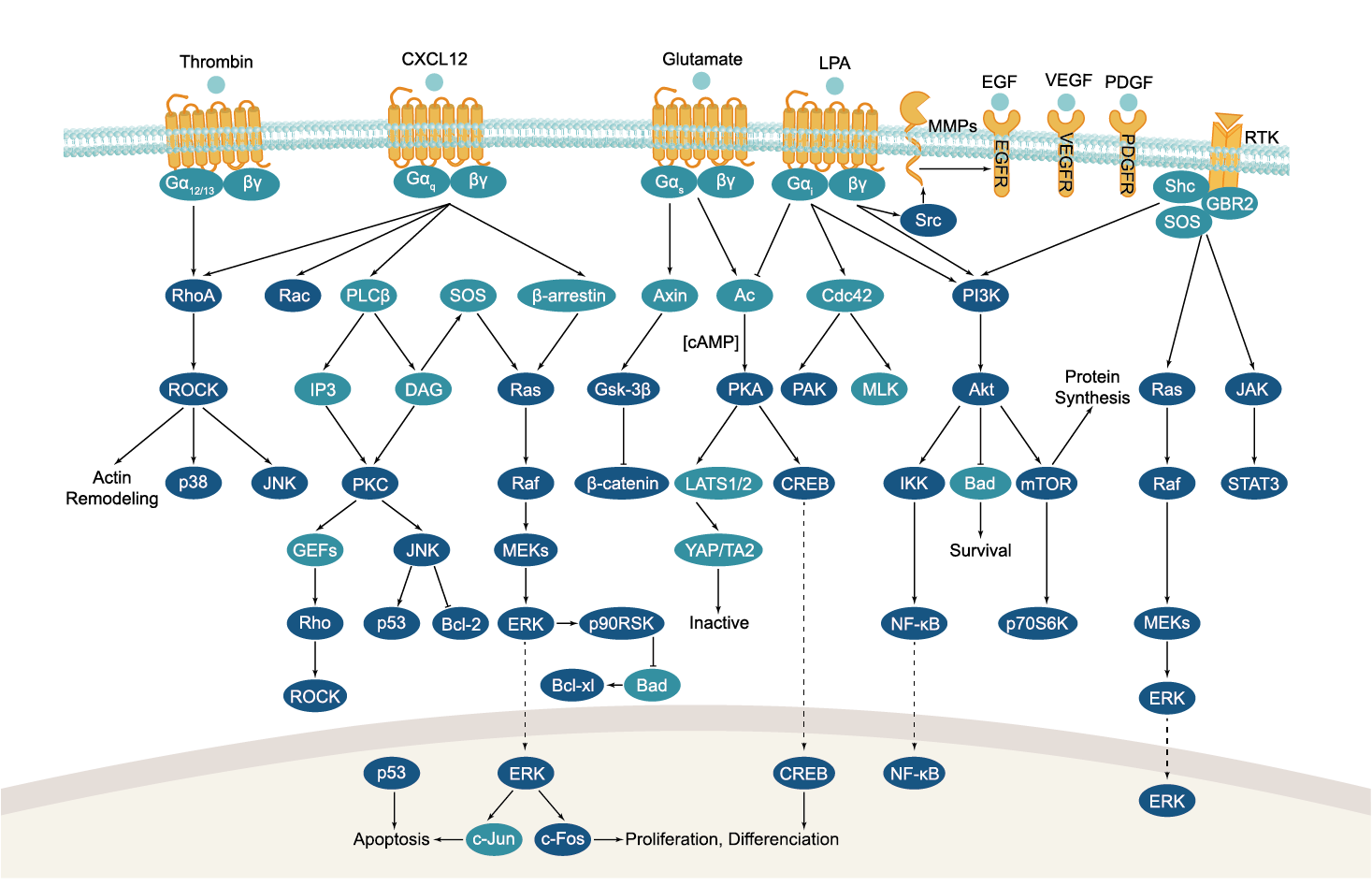

All GPCRs share a common seven trans-membrane structure. GPCRs are associated with heterotrimeric G-proteins which are GTP-binding proteins made of alpha, beta, and gamma subunits. When a ligand binds to GPCR, it activates the attached G-protein, the GDP is replaced with GTP. The activated G-protein then dissociates into an alpha and a beta-gamma complex which activates downstream signaling pathways. These intracellular signaling pathways include cAMP/PKA, calcium/NFAT, phospholipase C, protein tyrosine kinases, MAP kinases, PI-3-kinase, nitric oxide/cGMP, Rho, and JAK/STAT.
GPCRs are one of the most important therapeutic targets for various diseases, over 30% of all modern medicinal drugs target this family. Aberrant GPCR functions are involved in pathological conditions such as neurological, immunological and hormonal disorders. A large number of GPCRs have been identified, but whose ligands are not known, are classified as orphan receptors.
-
 C6416 MontelukastSummary: A potent, selective and orally-active CysLT1 receptor antagonist
C6416 MontelukastSummary: A potent, selective and orally-active CysLT1 receptor antagonist -
 C6431 Mequitazine
C6431 Mequitazine -
 C6439 Calcitonin (salmon)
C6439 Calcitonin (salmon) -
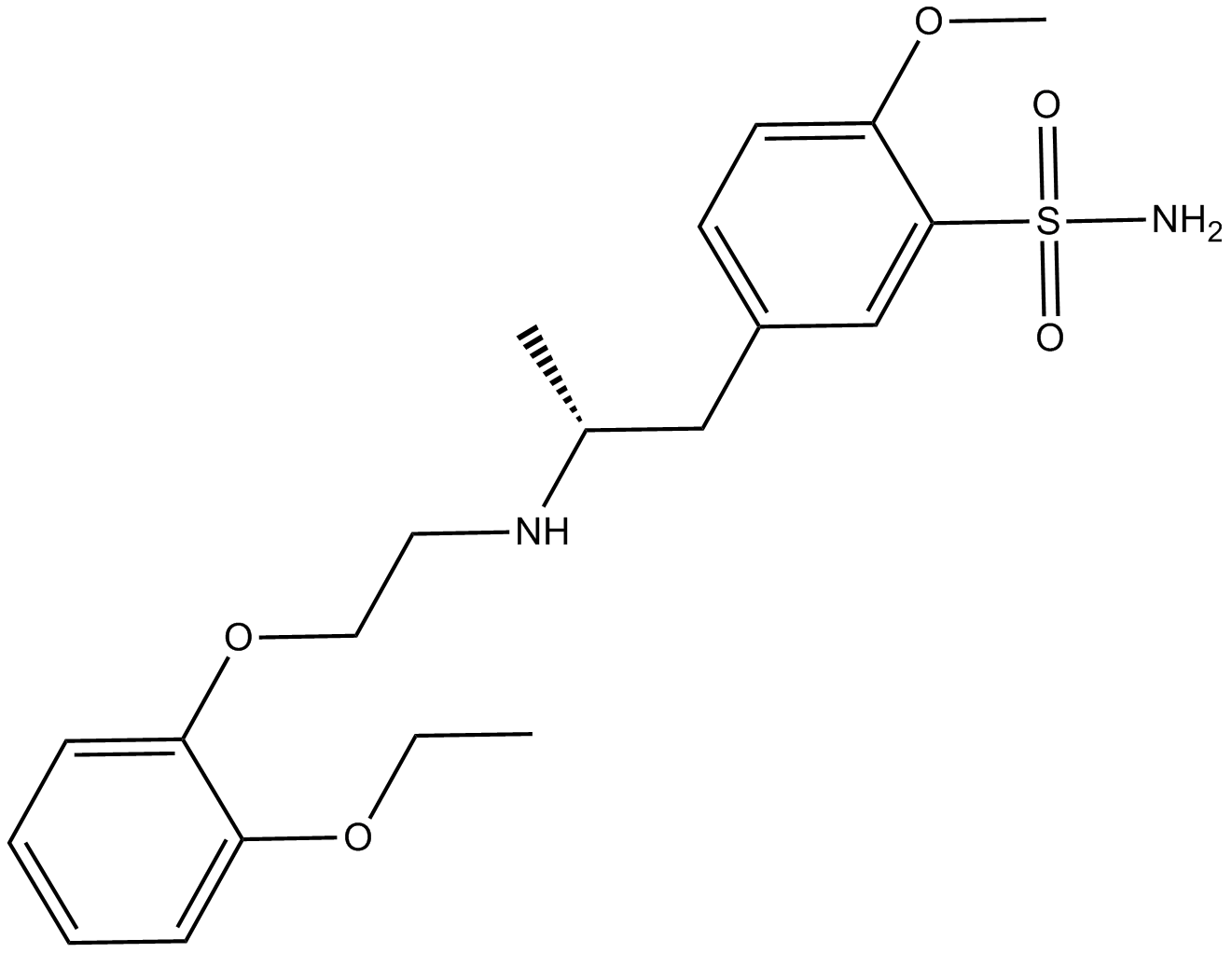 C6445 Tamsulosin
C6445 Tamsulosin -
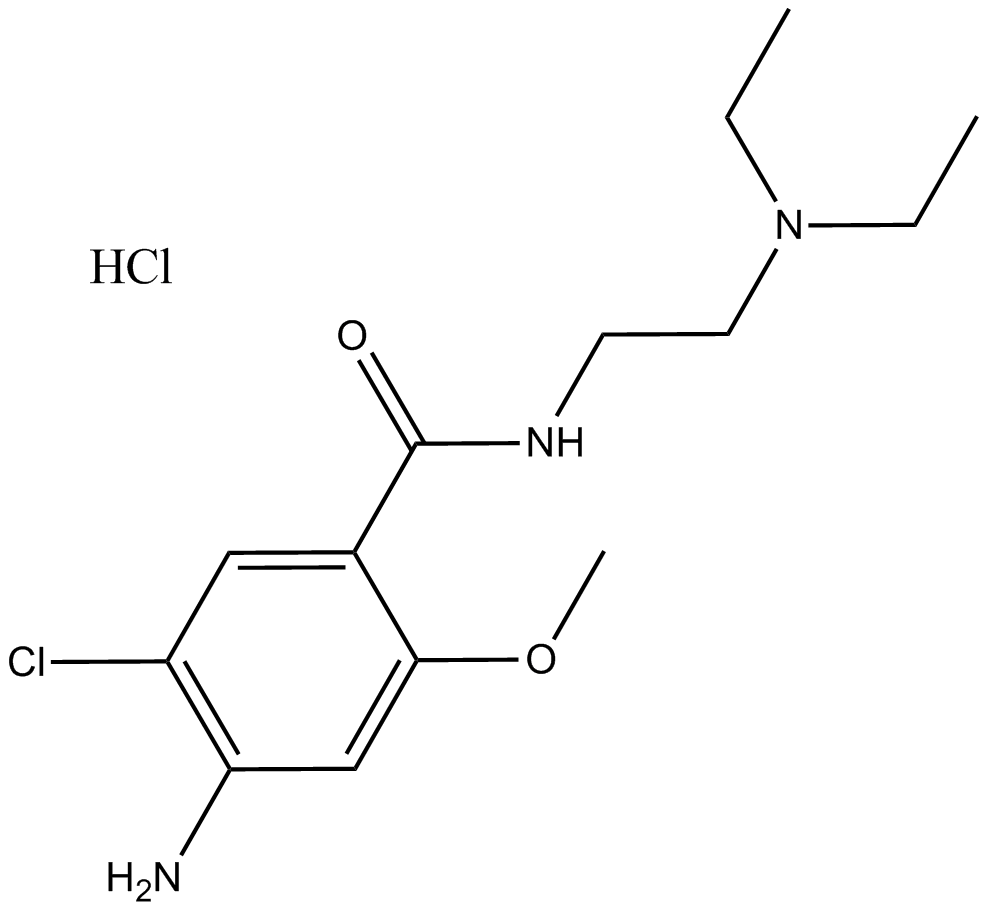 C6466 Metoclopramide HCl
C6466 Metoclopramide HCl -
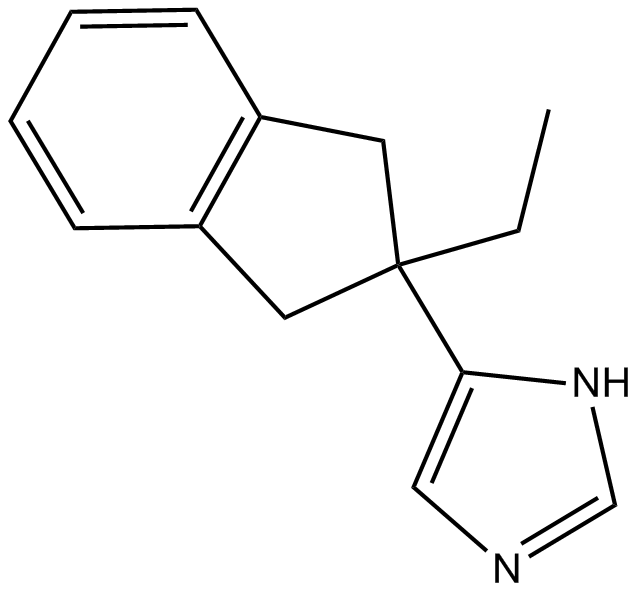 C6474 Atipamezole
C6474 Atipamezole -
 C6483 Levocetirizine Dihydrochloride
C6483 Levocetirizine Dihydrochloride -
 C6489 Perospirone hydrochloride
C6489 Perospirone hydrochloride -
 C6494 Melitracen hydrochloride
C6494 Melitracen hydrochloride -
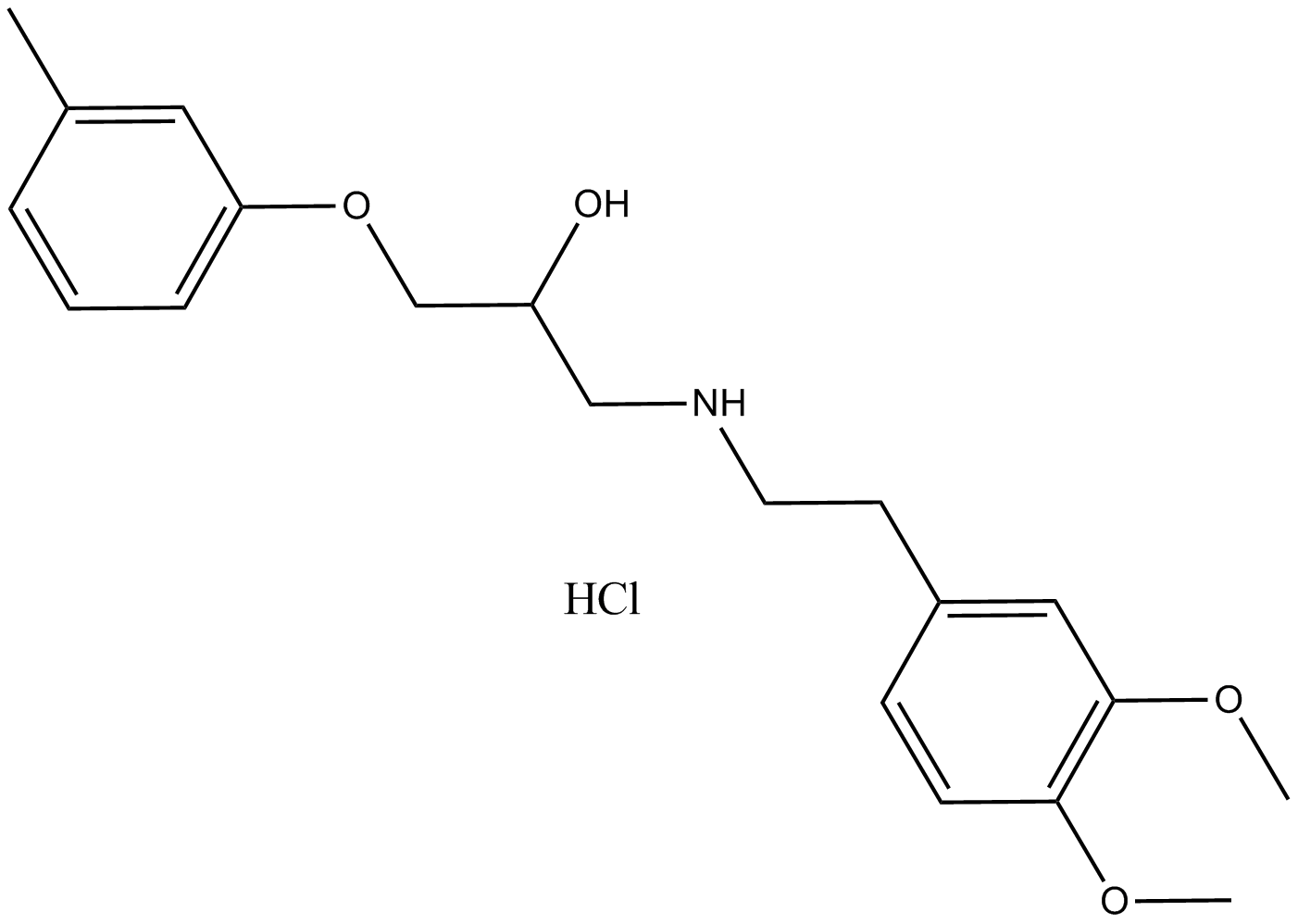 C6496 Bevantolol hydrochloride
C6496 Bevantolol hydrochloride


